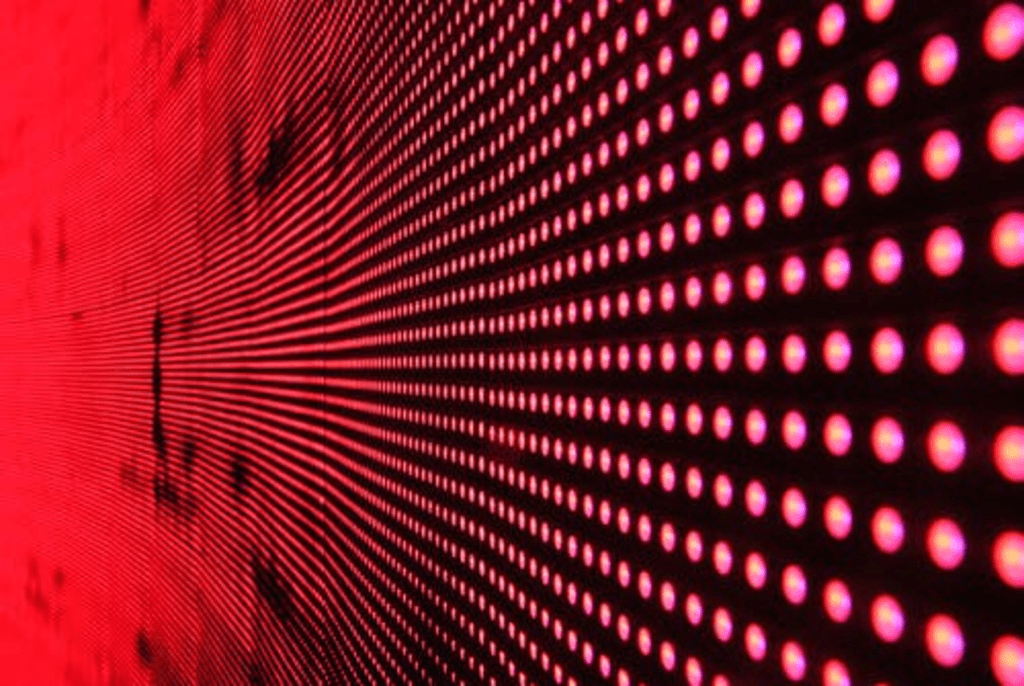
In recent years, a groundbreaking therapy known as photobiomodulation has been gaining attention for its remarkable healing properties.
Also referred to as low-level light therapy (LLLT), this non-invasive treatment involves the use of specific wavelengths of light to stimulate cellular activity and promote various therapeutic effects within the body.
From reducing pain and inflammation to accelerating tissue repair, photobiomodulation has shown immense potential in a wide range of medical and cosmetic applications.
At its core, photobiomodulation works by harnessing the power of light to stimulate the mitochondria, often referred to as the “powerhouses” of our cells. These tiny organelles play a crucial role in producing energy for cellular functions. When exposed to specific wavelengths of light, the mitochondria absorb the photons. This triggers a series of biochemical reactions that enhance cellular metabolism and promote healing.
benefits of photobiomodulation:
One of the most significant benefits of photobiomodulation is its ability to alleviate pain and reduce inflammation.
By targeting the affected area with the appropriate light wavelength, this therapy can help block pain signals, increase blood flow, and reduce the release of pro-inflammatory molecules. As a result, patients suffering from chronic pain conditions, such as arthritis or fibromyalgia, often experience significant relief and improved quality of life.
Moreover, photobiomodulation has proven effective in accelerating tissue repair and wound healing.
The increased cellular metabolism triggered by light therapy promotes the production of collagen, a vital protein responsible for maintaining the structural integrity of our skin, tendons, and ligaments. This enhanced collagen synthesis helps to speed up the healing process, making photobiomodulation an invaluable tool in the treatment of wounds, burns, and even post-surgical recovery.
Beyond its therapeutic applications, photobiomodulation has also found its place in the field of aesthetics.
By stimulating collagen production and improving blood circulation, this light therapy can effectively reduce the appearance of fine lines, wrinkles, and scars. Additionally, it has been used to address hair loss by promoting hair follicle growth and improving the overall health of the scalp.
While photobiomodulation holds immense promise, it is essential to note that further research is still needed to fully understand its mechanisms and optimize its applications. However, the existing evidence suggests that photobiomodulation is a safe and well-tolerated therapy with minimal side effects. It is non-invasive, painless, and does not require any downtime, making it an attractive option for patients seeking alternative treatments.
photobiomodulation applications:
The versatility of photobiomodulation is evident in its wide range of applications.
It has been used in sports medicine to accelerate muscle recovery and improve athletic performance.
Athletes who undergo intense training or suffer from sports-related injuries can benefit from the anti-inflammatory and tissue repair properties of this therapy.
Furthermore, photobiomodulation has shown promise in the field of neurology.
Studies have indicated its potential in treating neurological conditions such as traumatic brain injury, stroke, and neurodegenerative diseases. By stimulating neuronal activity and promoting neuroplasticity, light therapy may help restore damaged neural connections and improve cognitive function.
In recent years, portable photobiomodulation devices have become available, allowing individuals to experience the benefits of light therapy in the comfort of their own homes.
These devices are user-friendly and you can use them for various purposes, including pain management, skin rejuvenation, and hair growth stimulation.
As with any medical treatment, it is crucial to consult with a healthcare professional before undergoing photobiomodulation therapy. They can assess your specific condition, determine the appropriate light parameters, and guide you through the treatment process.
In conclusion, photobiomodulation is a cutting-edge therapy that utilizes the power of light to stimulate cellular activity and promote healing. Its ability to reduce pain, inflammation, and accelerate tissue repair has made it a valuable tool in various medical and cosmetic fields. As research continues to uncover its full potential, photobiomodulation holds the promise of revolutionizing the way we approach healing and well-being.



